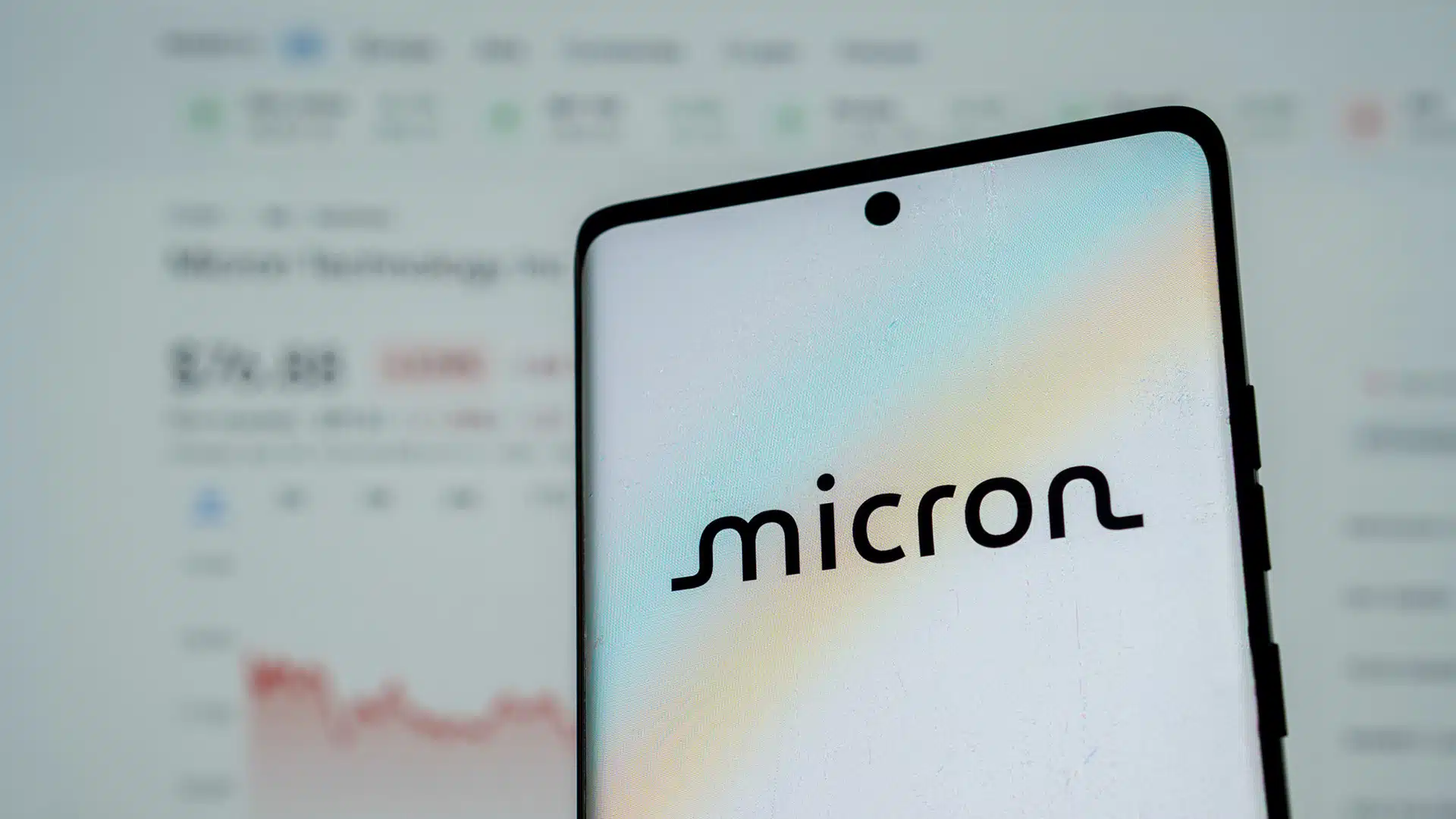The CX technology ecosystem is a diverse web of software and service solutions that are aimed at enabling a smooth customer journey from start to finish, providing a personalized and engaging experience throughout the journey. These solutions aim to increase customer loyalty and satisfaction, optimize revenue, reduce churn, and facilitate improved targeting and optimization.
Vendors take several approaches to these requirements. Some offer a full-featured marketing, CRM, engagement, and sales platform to ensure that all CX, customer engagement (CE), sales, marketing, and support data is contained in a single platform, ensuring that all relevant teams and personnel can quickly access and use this data. Others take a more piecemeal approach, using a platform (e.g., a CRM platform) as the primary source of data, and then (via APIs or other data connectors) pulling in data from other functional applications. In either case, the goal is to ensure that all customer, transaction, sales, marketing, and support data can be easily accessed by anyone interacting with the customer.
The correct approach to take should be driven by an assessment of your organization’s IT architecture, its tolerance for and expertise with software integration, the state of its current applications, and its future CX initiatives.
The Best-of-Breed Approach
Best-of-breed is the strategy of selecting the best product, regardless of vendor, that is designed to meet all of an organization’s CX requirements. In this process, an organization would select the application that best meets its needs within a specific category (e.g., CRM, CDP, contact center, insights & feedback, personalization, etc.), with the goal of providing better functionality than an application that is part of an integrated system.
This approach requires that the organization be proficient at integrating third-party products, and willing to incur costs, testing, and hiccups associated with training or upgrades to ensure the products work together. However, this approach can also provide significant benefits:
- Greater likelihood of meeting all defined requirements, plus gaining additional functionality. Buyers can be assured that any product they select will have the features they want, and can often discover additional features and benefits that are considered “extras,” as these features are often used to differentiate themselves from competitors.
- The primary function of the application is usually geared to one specific purpose or area, and will receive the full attention of developers and product managers.
- Security patches, feature upgrades, and other system updates can be rolled out without being dependent upon or impacting other software.
- Implementation times can be shorter, as the software likely will not be as complex as an entire suite of applications, thereby reducing project risks and decreasing time-to-value.
However, this approach comes with a few challenges, including requiring a comprehensive data integration plan, the need to acquire and manage a variety of licensing agreements for each piece of software purchased. Also, in some cases, the vendors supplying cutting-edge tools may not have the experience working with larger or more complex organizations.
The Single Vendor Approach
The single vendor approach usually involves purchasing an integrated suite of applications from the same vendor. This can include all-in-one platform products, as well as disparate products from the same vendor. The main benefits of this approach include:
- Integration with applications from this vendor should be limited or nonexistent.
- Applications may be more unified, in terms of appearance, and more straightforward to navigate and administer.
- Back-end IT issues should be minimal, as platform-based applications typically feature a consistent architecture approach.
- costs, compared with sourcing applications from multiple vendors.
Nonetheless, there are a few downsides to this approach, as well.
- A vendor’s solution may be missing specific features, or may not implement a feature in the desired way. As such, organizations may need to adapt processes, or live with these features not being available.
- Vendor lock-in can impact operations or strategy, particularly if the vendor is not updating features or functionality quickly enough, and other applications are innovating more quickly.
- An integrated platform or solution from a single vendor may be more vulnerable to a security breach, as any existing flaws or issues are often common across the entire suite.
All told, it is particularly important to truly assess not only the features that are desired, but also review your organization’s technological skill set and tolerance for risk before deciding on an approach. They should also make sure they understand the elements of the CX technology stack, and how they function together to help organizations provide good CX.
Author Information
Keith Kirkpatrick is Research Director, Enterprise Software & Digital Workflows for The Futurum Group. Keith has over 25 years of experience in research, marketing, and consulting-based fields.
He has authored in-depth reports and market forecast studies covering artificial intelligence, biometrics, data analytics, robotics, high performance computing, and quantum computing, with a specific focus on the use of these technologies within large enterprise organizations and SMBs. He has also established strong working relationships with the international technology vendor community and is a frequent speaker at industry conferences and events.
In his career as a financial and technology journalist he has written for national and trade publications, including BusinessWeek, CNBC.com, Investment Dealers’ Digest, The Red Herring, The Communications of the ACM, and Mobile Computing & Communications, among others.
He is a member of the Association of Independent Information Professionals (AIIP).
Keith holds dual Bachelor of Arts degrees in Magazine Journalism and Sociology from Syracuse University.








